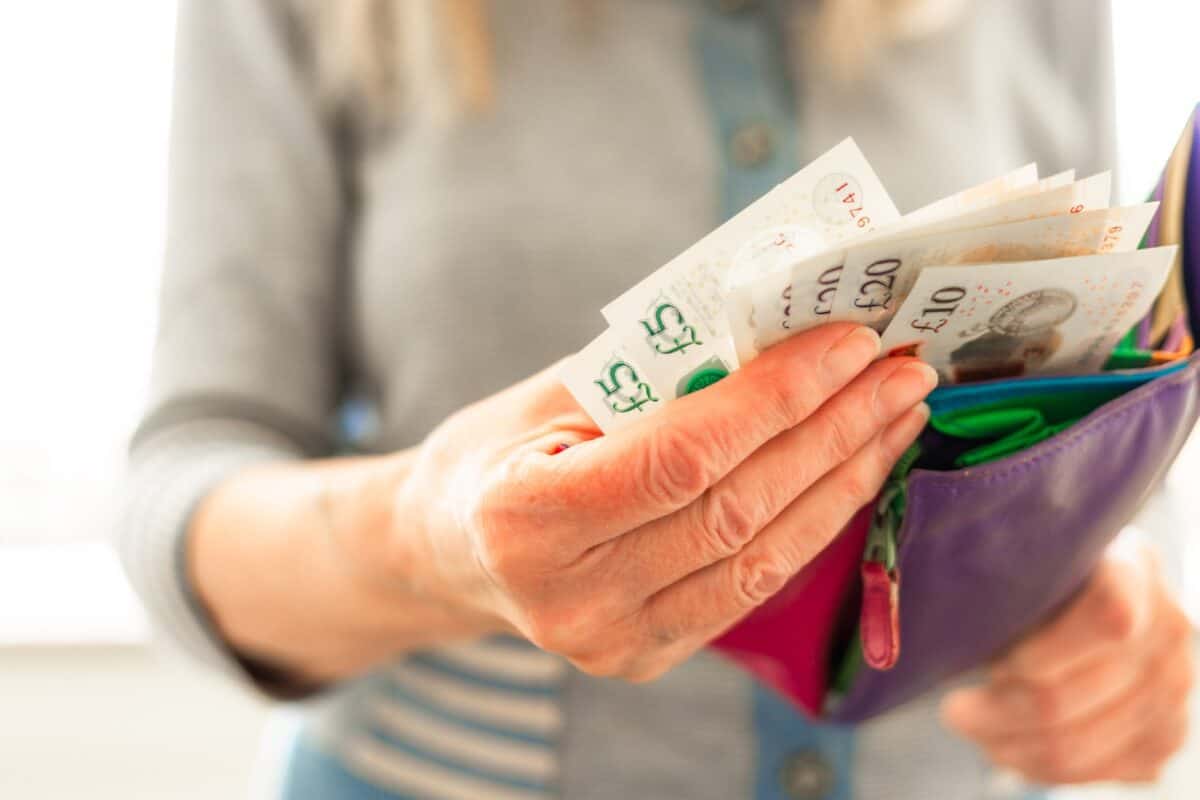Image source: Getty Images
It has been a rollercoaster year for the FTSE 100. Despite putting up a strong performance, it hasn’t been a smooth journey. Yet despite bouts of volatility, I still see a lot of value in a number of UK shares.
That’s because a number of UK equities look dirt cheap. The average price-to-earnings (P/E) ratio on the FTSE 100 right now is around 11. In the past, that figure has been closer to 15.
With that in mind, I’ve got my eye on two Footsie constituents in particular. I reckon investors should consider buying them today.
HSBC
I want to start with global bank HSBC (LSE: HSBA). Like the FTSE 100, the stock’s experienced large amounts of volatility year to date. It sunk 8% back in February following the release of its 2023 results. It’s managed to stage a small recovery since then. For the year, it’s up 4.5%.
But despite its mixed performance, I see plenty to like about HSBC. For one, as seen below, it sports a whopping 7.1% dividend yield. That puts it in the mix with some of the Footsie’s highest payers. What’s more, that doesn’t account for the special dividend the firm’s set to pay this year after offloading its Canadian unit. Taking that into account, its payout is closer to 10%.

Created with TradingView
Alongside its meaty yield, HSBC stock looks cheap. It currently trades on a P/E ratio of just 7.4. Its forward P/E is 6.8.
While I like the bank for its Asian exposure, that does come with risks. The Chinese economy has stuttered recently, especially its property market. HSBC has large exposure to this through its stake in China’s Bank of Communications. So that’s a threat that’s worth keeping an eye on.
But over the long run, I think its focus on Asia will pay dividends. I’m bullish because the region is home to some of the most exciting and fastest-growing economies in the world.
JD Sports Fashion
Next up is JD Sports Fashion (LSE: JD.). The stock has underperformed this year. It’s down 9.8% in 2024. That said, it has been gaining good momentum recently. It’s climbed 28.1% in the last six months and 19.1% in the last month.
With that rise, as the chart below highlights, the stock now trades on a P/E ratio of 13.9. That’s above the FTSE 100 average. But it’s considerably lower than its historical average of 23.

Created with TradingView
JD’s share price has suffered due to a slowdown in spending. That in turn has led to the business issuing a profit warning earlier this year, which sent the stock spiralling. Consumers are still tightening their belts, so in the months to come this will continue to be a threat to the firm.
But looking past short-term challenges, I think JD could be well-positioned to excel in the long run. Firstly, interest rate cuts should help boost spending.
What’s more, despite tough trading conditions, the business has been making solid progress with its expansion plans. That includes its acquisition of US company Hibbett earlier this year, which has over 1,150 stores.
Credit: Source link














